Great Lent, the Holy

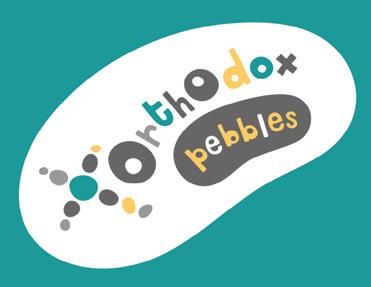

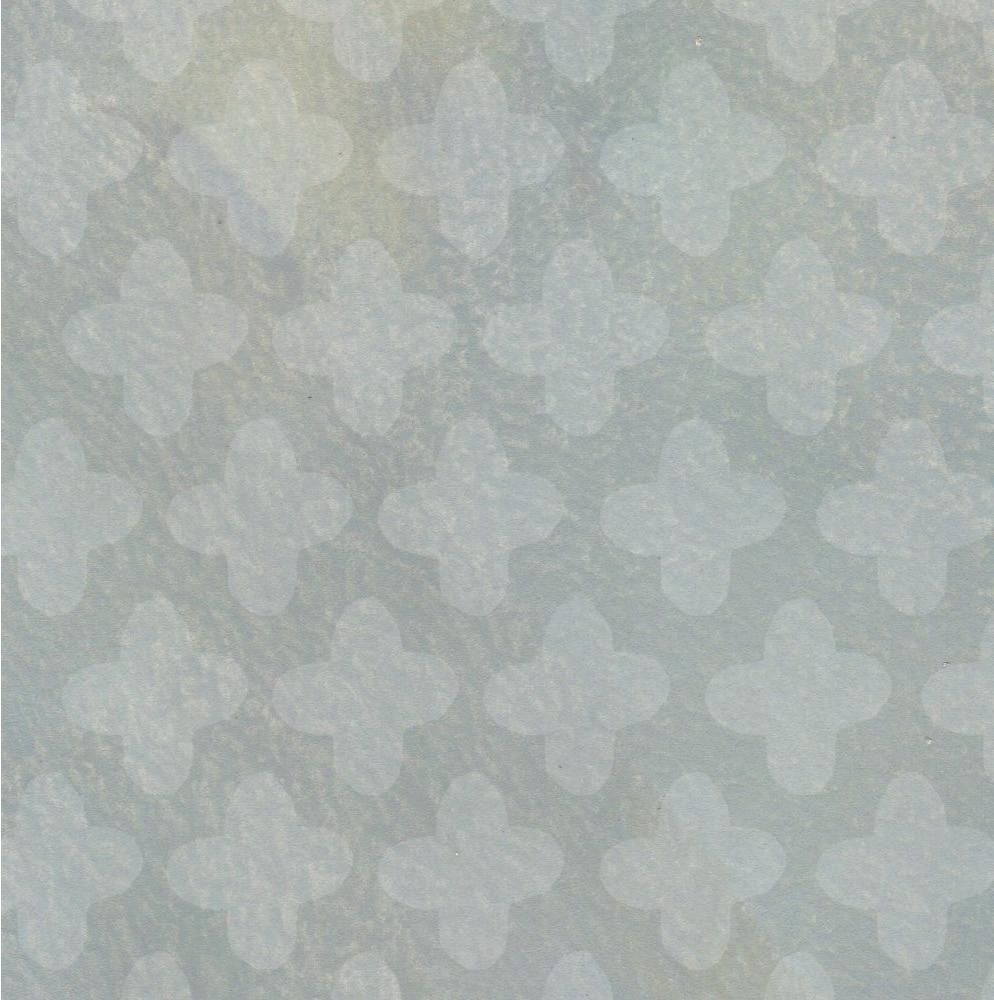
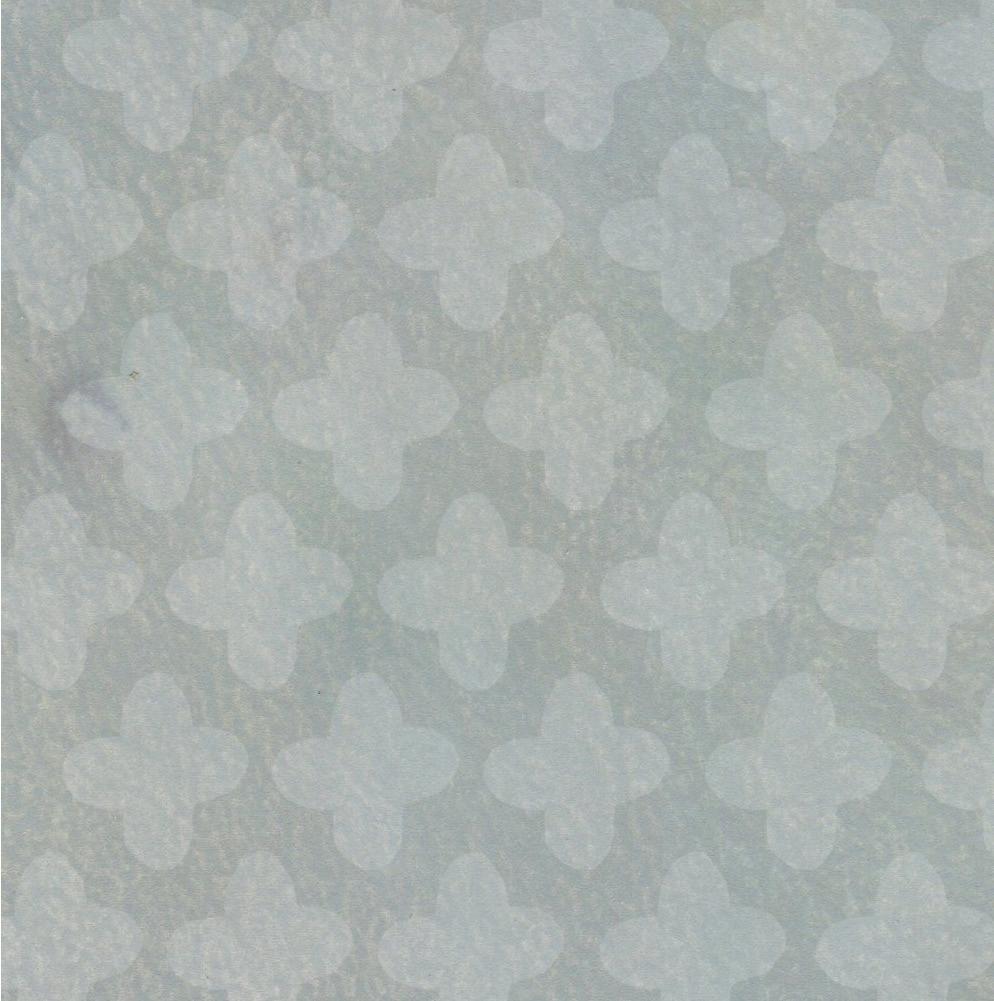





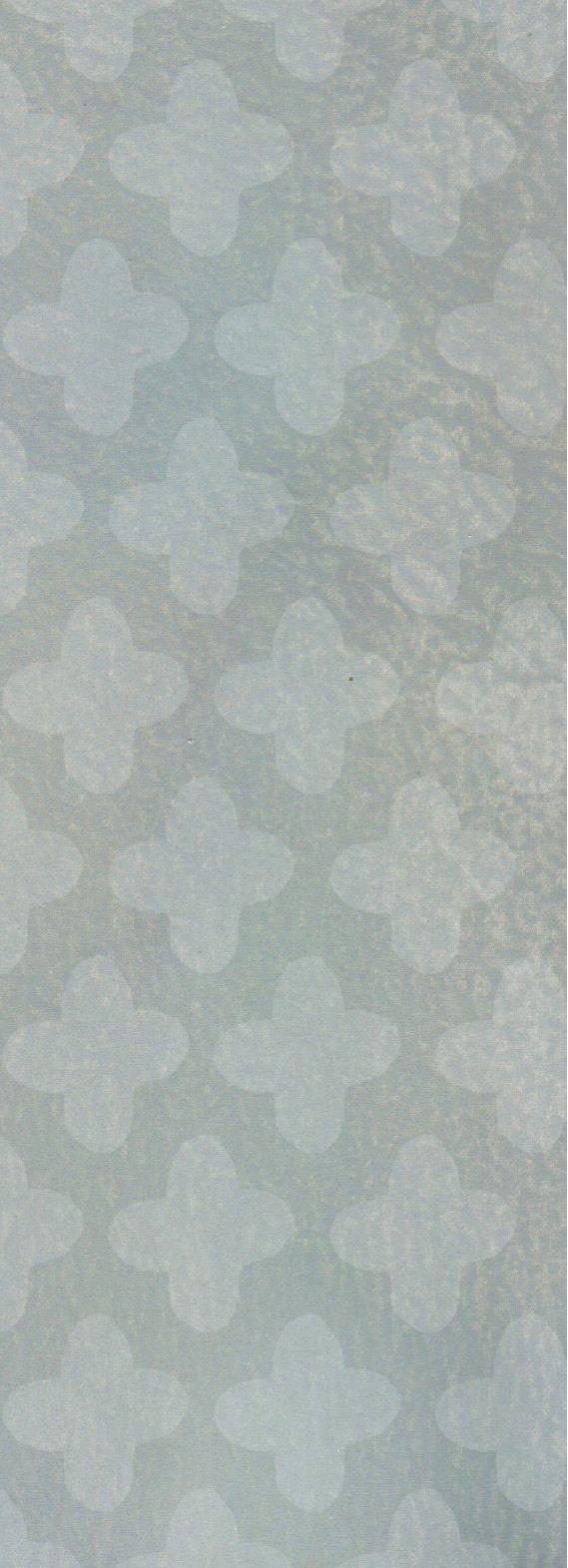












To play the game, you will need:
• The game board on the following page
• One die
• Board game pawns or any small colored objects than can be used as placeholders (buttons, large beads etc.)
The point of the game is to go over important facts about Great Lent in a fun and interactive way. All placeholders are placed on START. The first player throws the die and moves his/her placeholder a corresponding number of squares.
The player reads aloud the information on the square that s/he landed on. Then s/he has to close his/her eyes and repeat the information in his/her own words. If the player remembers the facts correctly, the placeholder goes back to its original position. If not, it stays where it landed.
After the action is performed, the next player takes a turn. The first player to reach FINISH wins. If there is no time to cover the whole board, the player who moved closer to FINISH wins.

Great Lent is a time to prepare ourselves in order to celebrate Pascha.

On the first Sunday, we celebrate holy icons. On the second Sunday, we celebrate St. Gregory Palamas.



The first week of Lent is called Clean Week. Clean Monday is the first day of Great Lent.
Our preparation includes prayer, fasting, religious study, and being extra kind to everyone.

Great Lent lasts for seven weeks.

Each Sunday of Lent, we celebrate something special.
The last Sunday of Lent is Pascha.





On the third Sunday, we venerate the Holy Cross. On the fourth Sunday, we celebrate St. John Climacus.




On the fifth Sunday, we celebrate St. Mary of Egypt. The sixth Sunday is Palm Sunday.







When we fast, we don’t eat foods that come from animals.

During Great Lent, we try to attend as many church services as we can.



Fill in the crossword puzzle using the following words:




Across




















Down




1. During Great Lent, we try to a lot.
2. During Great Lent, we get ready for this Great Feast.
4. The number of weeks in Great Lent.
5. When we do this, we stop eating certain foods.

6. The week before Pascha is called ... Week.
 3. During Great Lent, we ... about our Lord.
3. During Great Lent, we ... about our Lord.


Find the following words:
FASTING, ALMSGIVING, REPENT, PREPARE, PASCHA, ICONS, CROSS, VIRTUES, FEAST










How do we pray during Great Lent? To find out, copy every other letter to the spaces below.
YFEHAFLUOHRJDKALNIDOKPIWNSGEGRRTAFNGTB MCENTJOKSIEDEEMSYGOHWYNKELRARSOERT SYAVNBDNNMOJTHTFODJWUQDAGJEIMOYPBLR SODTFHGETREFUOTROYPOUUJABRVECBXLAES SHSKELDPURNETSODAVGBENSOOPFWAEGGERS
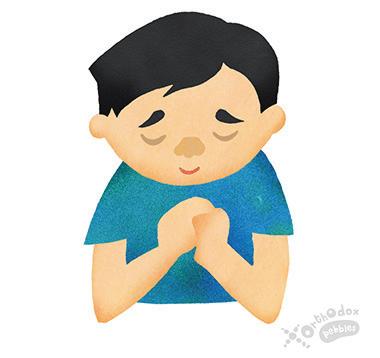
Prayer of St. Ephraim the Syrian
To find out, follow each trail. Copy the letters along each trail onto each line.









 TRAIL 3
TRAIL 3






This type of cross is most popular in the Slavonic Orthodox traditions. The short top bar represents the inscription over Christ's head. The center bar is that upon which Christ’s arms were nailed. The bottom bar is the footrest. In earlier Byzantine iconography, the bottom bar wasn't slanted in that way. There are a variety of pious explanations of the slanted position. This type of cross is not very common in the Greek Orthodox tradition.
This is the sign of the cross St. Contstantine saw in his dream, according to the Church historian of the 4th century Eusebius Pamphili. It is formed by superimposing the first two capital letters — chi and rho (ΧΡ) — of the Greek word ΧΡΙΣΤΟΣ (meaning "Christ"). It was used by St. Constantine as part of a military standard (lavaron - λάβαρον), and also inscribed on his helmet.
The Greek cross has arms of equal length. It is either depicted on its own or placed inside a circle. The circle symbolizes the universal meaning of Christ.
This type of cross is popular in church decorations, liturgical items and on vestments of the clergy. In icons, it is especially found on the omophoria of the three Holy Hierarchs.
This type of cross is used on the analavos, the distinctive garment of a monk or a nun tonsured into the highest grade of Orthodox monasticism — called the Great or Angelic Schema. The steps represent Golgotha, the hill upon which our Lord was crucified. On the left and right of the Cross, there are the instruments of the Holy Passion: the spear and the sponge. On the analavos, many other symbols and letters surround the cross, which are not shown here.






Cut out the cards and laminate, if you wish. Cut out the cards on the following page, copy the troparia onto them, and laminate, if you wish. Use the cards to play a Memory game, matching the icon of each Sunday to its troparion. Alternatively, you can punch a hole on the top left corner of each card and bind them together using a loose-leaf binder ring to make a booklet.
Triumph of Orthodoxy: 16th-century icon by anonymous artist, Benaki Museum, Athens Greece, photo in the public domain, via Wikimedia Commons.
Icon of St. Gregory Palamas photo in the public domain, via Wikimedia Commons.
12th-century icon of the Divine Ascent, Monastery of St Catherine, Mount Sinai, photo in the public domain via Wikimedia Commons.
Elevation of the Cross icon photo by hramikona / Shutterstock.com
Palm Sunday icon photo by Julia Raketic / Shutterstock.com
St Mary of Egypt icon, 17th century, anonymous artist, photo in the public domain, via Wikimedia Commons.









Use the links below to find each troparion and copy it onto one card.
Orthodoxy
Visit the link: tinyurl.com/ orthodoxy-troparion
St. Gregory Palamas
Visit the link: tinyurl.com/ palamas-troparion
Veneration of the Cross
Visit the link: tinyurl.com/ veneration-troparion
St. John Climacus
Visit the link: tinyurl.com/ john-climacus-troparion
St. Mary of Egypt
Visit the link: tinyurl.com/ mary-egypt-troparion
Palm Sunday
Visit the link: tinyurl.com/ palm-sunday-troparion









Cut out the cards and use them to make a booklet for prayer time. First, write your own prayer on the back of each card. Laminate the cards, if you wish. Then, punch a whole at the corner of every card and bind them together using a loose-leaf binder ring or a piece of ribbon.
















• A prayer asking God for His blessing or protection
• A prayer that says “I love you” to God
• A prayer asking God to help someone else
• A prayer that says “I’m sorry” to God
• A prayer that says “Thank you” to God
What does the word "EVANGELION" mean? Use the code to find out.


























Help each Evangelist find the way to his symbol.



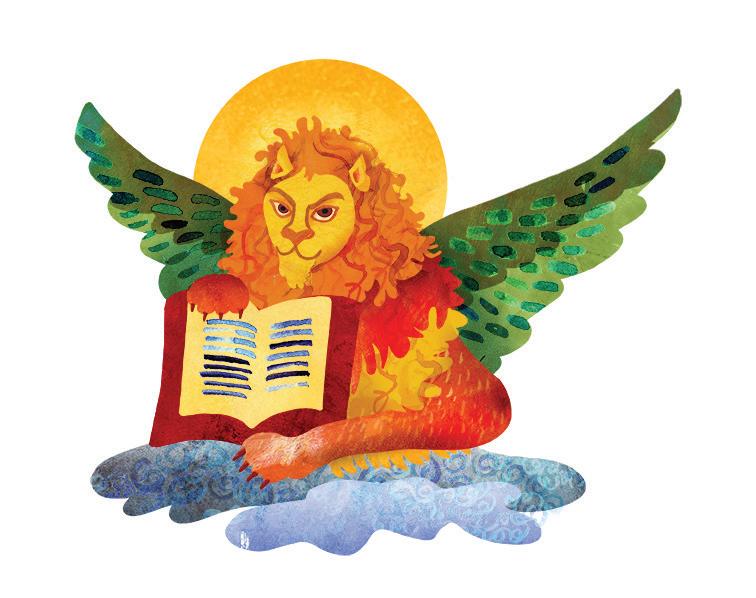 Saint Matthew
Eagle
Saint Mark
Ox
Saint Luke
Angel
Saint John the Theologian
Lion
Saint Matthew
Eagle
Saint Mark
Ox
Saint Luke
Angel
Saint John the Theologian
Lion
This is an activity to help practice humbleness in real life. Write your own ideas of humble acts in the blank boxes. During the following days, cross off each humble act as you perform it. Try to cross off the whole grid!
Let others go before you in line
Make sure your friend gets to play with the toy you want the most
When you lose at a game be nice and happy for the winner
Ask for help with something you can’t do well
Apologize for something you did wrong Wait patiently for your turn
Do something nice for someone and don’t say it was you
Don’t get upset when someone corrects your work
Play the game your friend wants even if you don’t like it
When offered a treat, let others take the best one
Don’t get upset if you get something wrong
Let your friend choose what you will play together

Solve the crossword puzzle using the words mentioned below. (Ignore the dash in the word “self-control”).






OBEDIENCE REPENTANCE FORGIVENESS SILENCE
SELF-CONTROL PURITY
GENEROSITY

MEEKNESS HUMILITY


Draw a line from each virtue to its corresponding passion.



OBEDIENCE
REPENTANCE
FORGIVENESS
SILENCE
SELF-CONTROL
PURITY
GENEROSITY
MEEKNESS
HUMILITY

SELF-SATISFACTION
HATRED PRIDE
UNCLEANLINESS
ENVY AGGRESSIVENESS
GREED
BOASTFULNESS
DISOBEDIENCE
In the spaces below, write or draw a picture of a way to be kind.




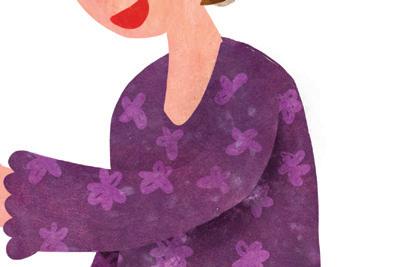








To see what St. Gregory the Theologian is teaching us, follow each trail. Copy the letters along each trail onto each line.



ANSWER: A faithful friend is more precious than gold.
St. Gregory the Theologian
I E N D


To see what St. John Chrysostom is teaching us, circle every other letter beginning at the start. Copy the letters onto the blanks below. The first letter is done for you.
NBOIMKAYTNT DEKRPHWODWS JOUJSETBYZO AUGRHWXOURO DXSFMQAZYKB
TEYWCHSEZNBY LODUTSCPQEBA
JKHWDILTRHIAXN FGTEWRSYVOKUL
RGUEIPNTASLXL St. John Chrysostom

Abba Poimen

in everything.
to be quiet has found peace
Someone who knows how

Unknown Father

translator: Archbishop Chrysostomos of Etna.
sions and perfection in Christ ,
from the Evergetinos on pas -

St. Ephraim the Syrian

crown of victory.
forgiveness will earn the
the one who first asks
If two brothers quarrel,

proud.
humble than win and be
I’d rather lose and be
Unknown Father

desert: Translated narratives
The Ancient Fathers of the
adapted from the book:
The sayings are freely

Unknown Father

a person who is mean.
tue, do not be friends with
If you want to grow in vir -

like you are attacking too.
bad things about him, it is
brother when others say
If you don’t support your
Abba Zenon

else you ask for.
quickly give you whatever
are mean to you, God will
If you pray for people who
After reading the card, the child has to describe a situation in their own life where the saying would apply.
Cut out the cards, and use them to reflect on the sayings of the Ancient Fathers of the Desert.









SUNDAY 1 SUNDAY 2


SUNDAY 3

SUNDAY 5











SUNDAY 4
Sundays





SUNDAY 6


We celebrate...
We celebrate...
We celebrate...
We celebrate...
We celebrate...
We celebrate...
Glue cover page here.Sunday of Great Lent:
Sunday of Great Lent:
Today's craft is based on...
Today we think about...
The Gospel Reading is...
Draw a picture inspired by the icon or the traditions of this day.
A PHRASE FROM TODAY'S TROPARION:















